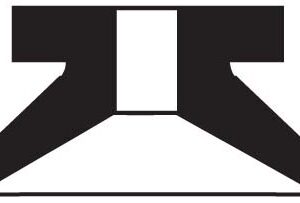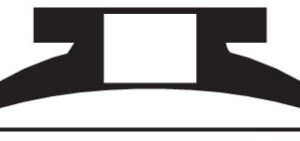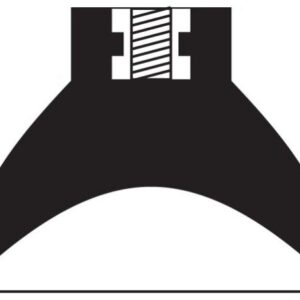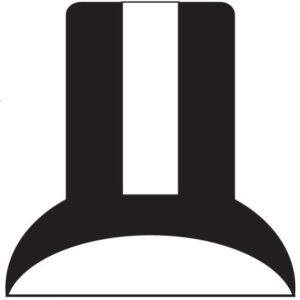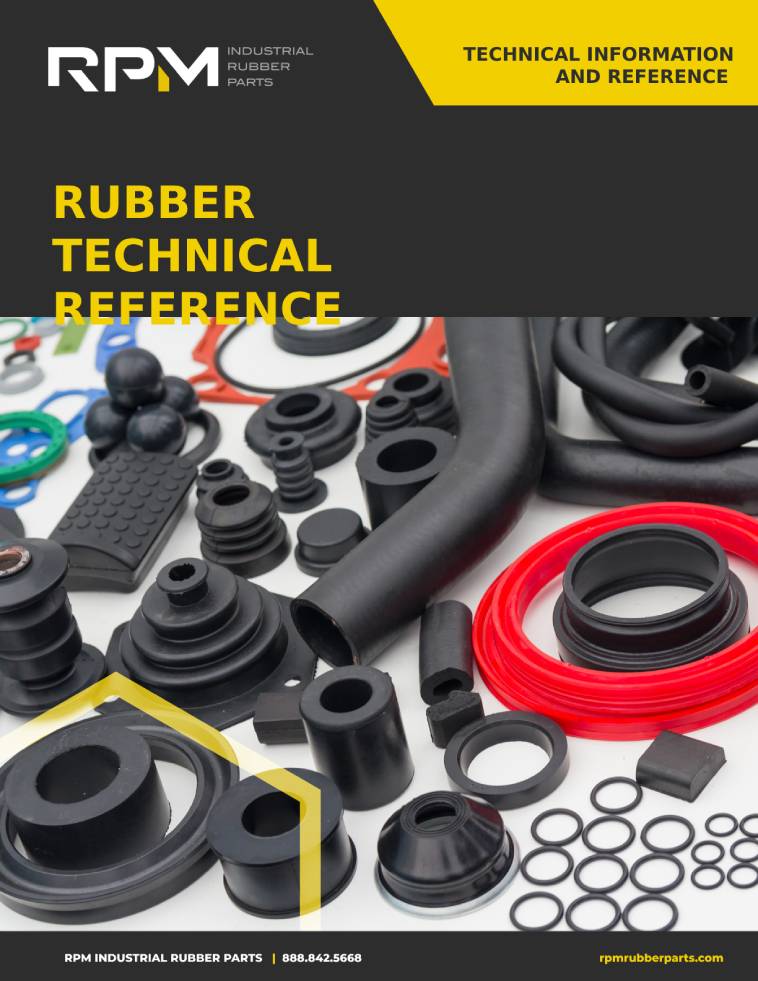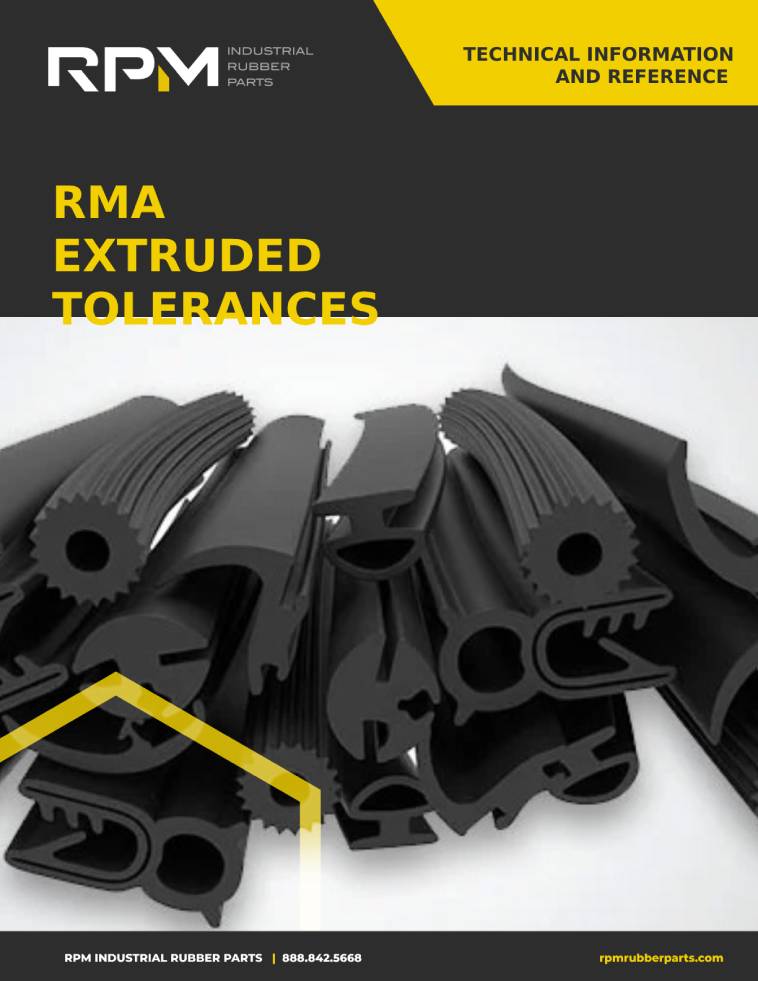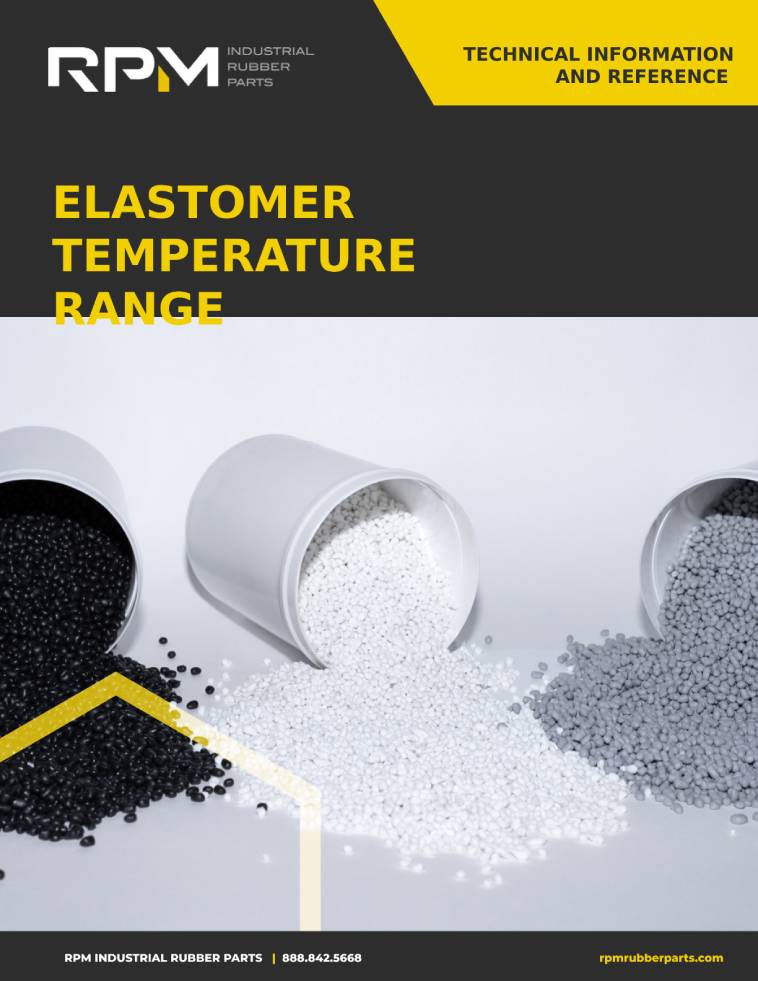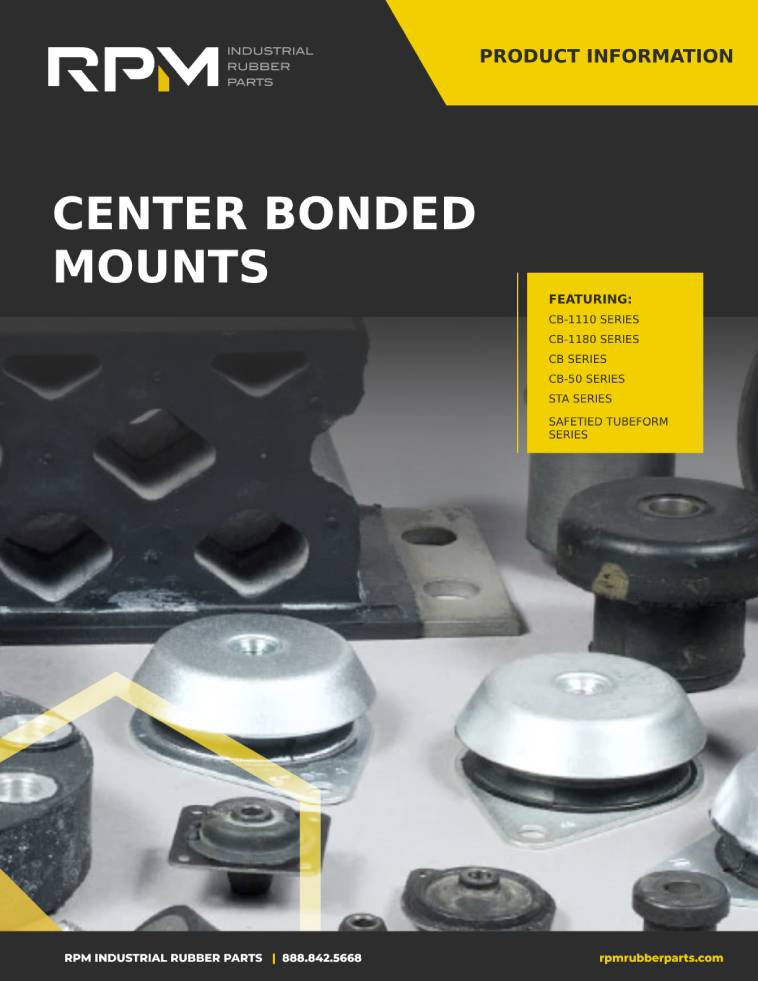Engine mounts are among the most important parts of vehicles and industrial equipment. They can be found in airplanes, cars, trains, boats, trucks, buses, tractors, and any other vehicle or equipment that uses a motor or engine. Have you ever wondered what keeps your engine in place in your vehicle? The answer is engine mounts. These small parts are imperative to any moving machine’s proper and safe function.
Importance of Engine Mounts
If you put a fragile item into a box and shake it around, it will probably become damaged. The item may even damage the box itself. However, if you secure the fragile item using rods and cushions to hold it, it will stay still when the box is shaken. Engine mounts work in the same way.
Here are some of the benefits of using good quality rubber mounts:
- Reduce excess engine vibration and noise
- Keep engines from sustaining damage
- Extend the lifespan of the engine and connected sensor components
- Keep transmission and other vital parts from sustaining damage
Engine mounts are designed to absorb the system’s vibrations and excess energy. Mounts become worn out after a while and may require replacement. It’s important not to wait to replace your engine mount, or your car, truck or other vehicle may be damaged.
Engine Mount Form
Engine mounts can be of various designs or forms depending on the application and energy they need to absorb. Because of this, most mounts are relatively small or large enough to dampen and absorb the energy without taking up too much space. There are a few parts that go into an engine mount. One is the molded rubber bushing or mount, the vibration control, and the cushion. The engine will typically be attached directly to this part. There will also be a bolt that goes through the length of the motor mount, which is used to secure it. The purpose is to ensure a rubber break between the two mating surfaces. Some motor mounts have a metal cover over the rubber part to provide more stability.
Engine mounts are made in a variety of shapes. They can be large, with multiple mounts connected to a frame. Some are also made with hydraulic fluid inside to provide more damping and flexibility to help avoid a broken motor mount. The shape, size, and materials of an engine mount depend on how much load is applied to it and how much energy the mount needs to absorb or dampen from transmitting to the support frame.
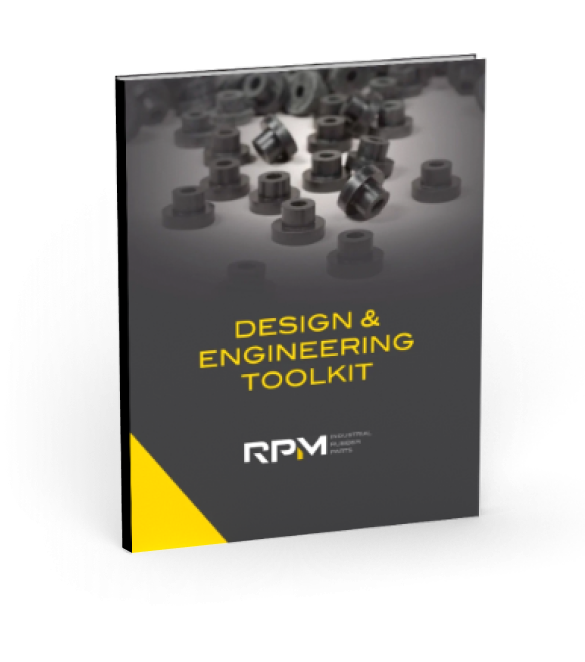
Do you really know everything about designing with rubber parts?
Get a free and valuable resource for finding or custom designing the exact part you need.
The Function of an Engine Mount
The function of an engine mount depends on the vehicle in which it is needed. Here are the four most common types of engine mounts:
- Single-piece isolator: These can be used as the front or rear mounts of an engine set. They tend to be best suited for stationary applications (Gen Sets, in-plant power, etc.) as there is only an elastomer on the top portion of the mount.
- Hydraulic Engine Mount: Mounts with hydraulic fluid absorb more noise and engine vibration. The internal fluid is “pushed” through internal orifices to provide a controlled spring rate – much like a car’s suspension. These are most common in vehicles with four cylinders or more, such as automobiles, large trucks and buses.
- Two-Piece Mounts: These are great for applications with high rebound load cases, such as off-road equipment or motorsports. Consider the need to isolate in both directions.
- Base Plate for Flange Mounts: These are for applications where ease of installation is required. These mounts have a base flange that can easily be fixed to a floor or base structure with bolts. There is no need to recess or insert into a frame. They are commonly used in applications where there is plenty of space to accommodate a mount.
Rubber Engine Mounts
The best material to use for engine mounts is natural rubber. Here are some reasons why you should choose rubber for your engine mount:
- Versatile in the shapes and configurations to adapt to many different applications.
- Excellent vibration and noise-dampening
- A long lifespan – correctly selected, a rubber isolator can outlast the engine it protects.
- Engine mounts balance energy absorption and stability for the engine by reducing vibrations.
- They are resistant to ozone, water, oil, and other damaging fluids/elements.
Natural rubber is the most widely used and common as it is the best material for resiliency or the ability to return to its original shape. An important characteristic is the ability to return to its original shape and not stay deformed (compression set). Is it always the best choice? The best material is determined by what fluids and environmental conditions the mount will be exposed to.
For example, if the mount will be in constant contact with oils or fuel, Neoprene or polyurethane will be a better choice. Constant exposure to sunlight or UV? EPDM is the best bet. Need to operate at extreme heat or extremely low temperature? A silicone engine mount is the one you need. Need some help choosing the right material? Contact the RPM Industrial Rubber Parts team; we have your back.
Because engine mounts are made of rubber, they allow for unique customization. OEMs can design mounts that will fit the application rather than create the application to fit the mount. Have a discontinued mount? Let our experience match you up with the best part or guidance to move forward. An OEM may also get custom motor mounts made for other reasons. With customization, manufacturers can choose the material, shape, colors, size, and more.
Standard and Custom Rubber Engine Mount Services We Provide
Whether you require customization or standard rubber engine mounts, our RPM Industrial Rubber Parts team has you covered. When you choose RPM for a custom rubber part, you can expect to work with in-house engineers and team members every step of the way. We will continue sending prototypes until the part is exactly as you want.
We also provide standard engine mounts. Here are some of the mounts that we offer:
- Small industrial engine mounts
- Center bonded mounts
- Rubber flex sandwich mounts
- Two-piece mounts
- Binocular engine mounts
- Machinery mounts
Our team provides in-depth analysis to determine what kind of engine mount will best suit your applications. You provide us with the data that we need, and we provide you with the perfect mount.
If you want to learn more about our standardized and customized rubber part process, call our team at (888) 842-5668.
Engine Mount Questions Answered
Are there engine mounts for AWD trucks and rear-engine vehicles?
Yes, there are engine mounts specifically designed for AWD trucks and rear-engine vehicles. These mounts are typically more robust to handle the additional stresses and unique configurations of these types of vehicles, providing the necessary vibration control and support. Custom mounts can also be made to fit specific requirements for AWD and rear-engine setups.
Can engine mounts be repaired, or do they need to be replaced?
Engine mounts typically need to be replaced rather than repaired. Once the rubber or other material (polyurethane, silicone, neoprene, EPDM) wears out or the mount becomes damaged, it loses its ability to effectively absorb vibrations and protect the engine. Replacing the mount ensures proper function and prevents further damage to the engine and connected components.
How do I know what type of engine mount is best for my application?
Choosing the right engine mount depends on several factors, including the amount of vibration control you need, the type of environment the mount will operate in, and the motor load it must support. Call our team at (888) 842-5668 for more guidance.
Related Resource
The Engineer’s 7-minute Guide to Rubber Molded Parts
Our free resource is a quick-reference guide to help you determine if exploring a rubber part is right for your application.











